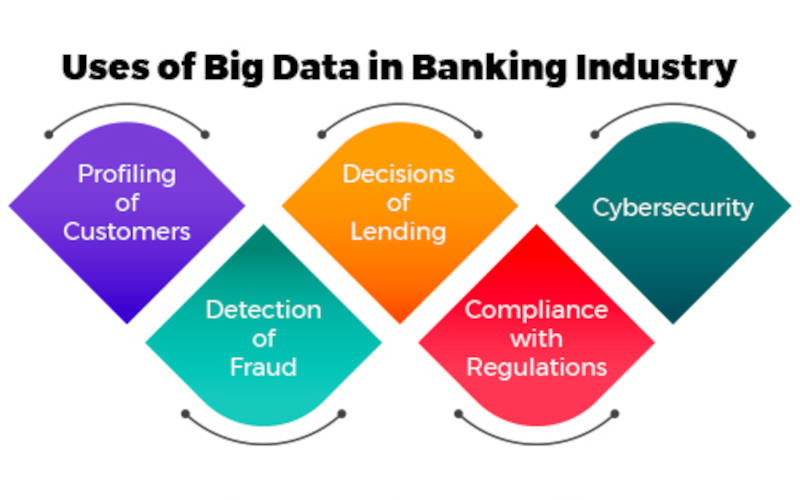Understanding Probability of Default-PD Model for Mortgages
Mortgages play a central role in financial systems. In Probability of Default or PD model for mortgages are evaluated for likelihood of borrower to fail
Understanding Probability of Default-PD Model for Mortgages Read More »








